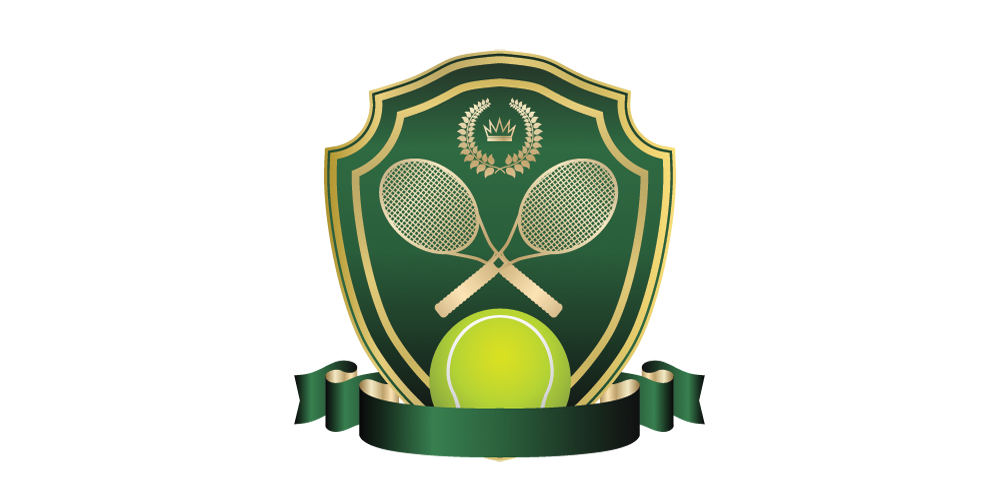USTA Serves, the national charitable foundation of the USTA, says that it does.
In February, 2013, they released the USTA Serves Special Report “More Than a Sport: Tennis, Education and Health,” which compared kids who play tennis to kids who participate in other sports (both contact and non-contact) and to non-athletes.
The report found that more tennis participants earned “A’s” than participants in both contact and non-contact sports. Forty-eight percent of kids who play tennis reported “A” grades compared to only 25 percent of kids who didn't play any sports. Interestingly, both male tennis players and cross-country runners reported higher average grades than males who participated in basketball, wrestling, baseball or swimming. In addition, 28 percent of tennis players spend 10 or more hours on homework each week, compared to non-athletes—only 15 percent of non-sports participants spend 10+ hours per week on homework.
It’s not just about grades. It’s also about how a child sees his or her future. When it comes to believing whether he or she will “definitely” go to college, tennis players came in at 81 percent, compared to 78 percent of non-contact sports participants, 71 percent of contact sport players, and 57 percent of non-sports participants. Furthermore, 75 percent of tennis players believe they will graduate from a four year university, compared to 69 percent of non-contact sports, 65 percent of contact sports, and 51 percent of kids who don’t play sports.
Tennis participants had the lowest percentage of school suspensions and were less likely to be sent to the office for bad behavior.
Tennis is often thought of as an “elite” sport. However, this study discovered that “the positive relationships between tennis participation and academic performance were evident across family socioeconomic levels.” While the link between tennis and high grades is most evident in high-socioeconomic families, there is a similar relationship in middle- and low-socioeconomic-level families.
The study doesn't claim that tennis is either a cause or effect; instead, that at the right time in a child’s life, tennis “can foster favorable educational and behavioral outcomes.”
Furthermore, students who participated in tennis were less likely to engage in binge drinking, pot smoking and cigarette smoking—regardless of their socio-economic background.
The study concludes that, “Tennis players also appear to be healthy overall and less prone to key adolescent health-risk behaviors than non-athletes and contact sports participants.”
If your child’s school doesn't offer a tennis program, consider a session of tennis camp. In addition to the myriad benefits tennis itself offers, summer camp can offer important skills on its own. It’s a way for kids to build self-confidence and form new relationships; to learn how to cooperate, communicate, make decisions, and become more self-sufficient. These are skills that stay with children throughout their entire lives.
Read the full USTA Serves Special Report “More Than a Sport: Tennis, Education and Health”
Does Tennis Participation Lead to Better Grades and a Better Future?

